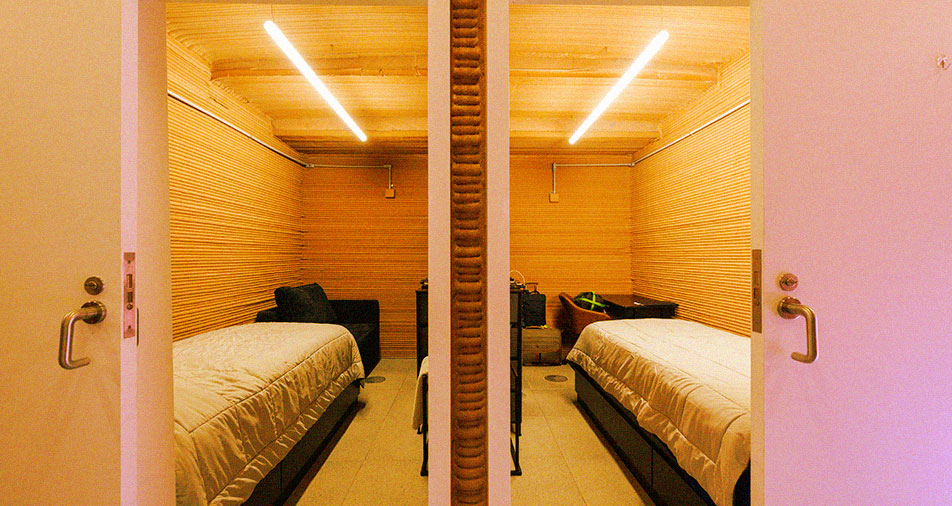
Staging Ground
NASA’s simulated Mars habitat, a 3D-printed structure located in the mock-Martian interior of a warehouse at the agency’s Johnson Space Center, finally has its inhabitants.
The space agency announced the lucky four civilians who will serve as the participants in the first stage of its Crew Health and Performance Exploration Analog (CHAPEA) mission to test how humans would fare living on the Red Planet.
With no early exits, the participants will have to cooperate together exclusively within the confines of the 1,700-square-foot habitat for roughly a year.
And hopefully, they’ll all get along with each other — otherwise, the mission could turn into the longest and most excruciating year of their lives.
The Crew
Like any well-rounded crew, each member will bring their own special skillset to the table.
The crew of four includes a biomedical scientist, a structural engineer, a board-certified physician who specializes in out-of-hospital emergency care, and an advanced practice nurse.
NASA also selected two backup crew members, including a senior aerospace engineer and a US Navy microbiologist.
Total Immersion
CHAPEA is undoubtedly an exciting venture, but for the participants involved, it sure as hell won’t be a cakewalk.
NASA will force the crew members to contend with limited food and resources and will throw equipment failure and other “environmental stressors” their way for good measure.
Plus, anytime they step out of their habitat and into the Mars mock-up outside, the crew members will need to put on a spacesuit and traverse an airlock.
They’ll also have to learn to get along with each other like shipmates at sea, which can be no small feat — but at least they can play some video games and board games, which NASA graciously provided.
It may sound like overkill, but near-total immersion will be crucial to NASA scientists, who hope to glean extremely valuable insights into the participant’s mental and physical well-being.
“The simulation will allow us to collect cognitive and physical performance data to give us more insight into the potential impacts of long-duration missions to Mars on crew health and performance,” said Grace Douglas, principal investigator of CHAPEA, said in a statement.
“Ultimately, this information will help NASA make informed decisions to design and plan for a successful human mission to Mars,” Douglas added.
More on Mars: Scientists Propose Mars Settlers Live in Potato-Based Structures